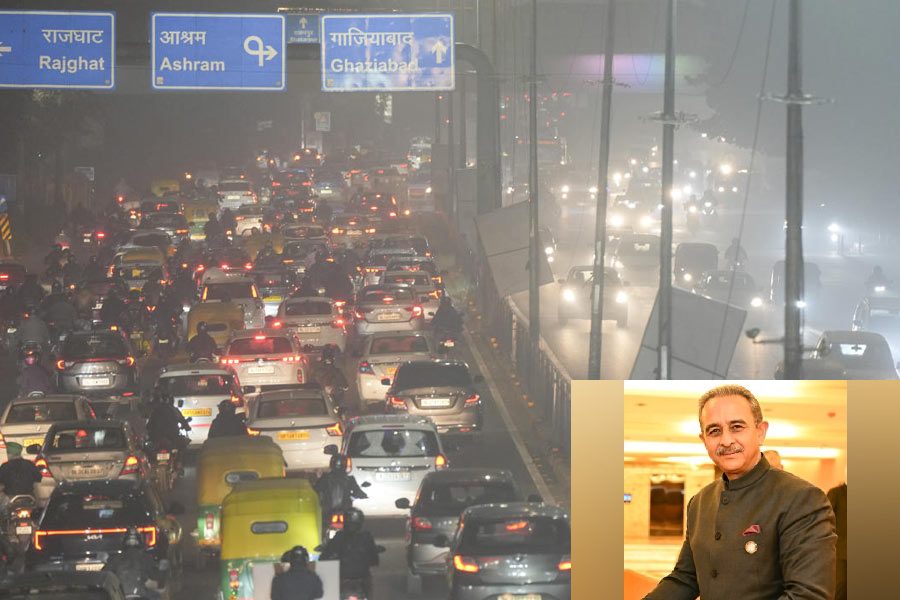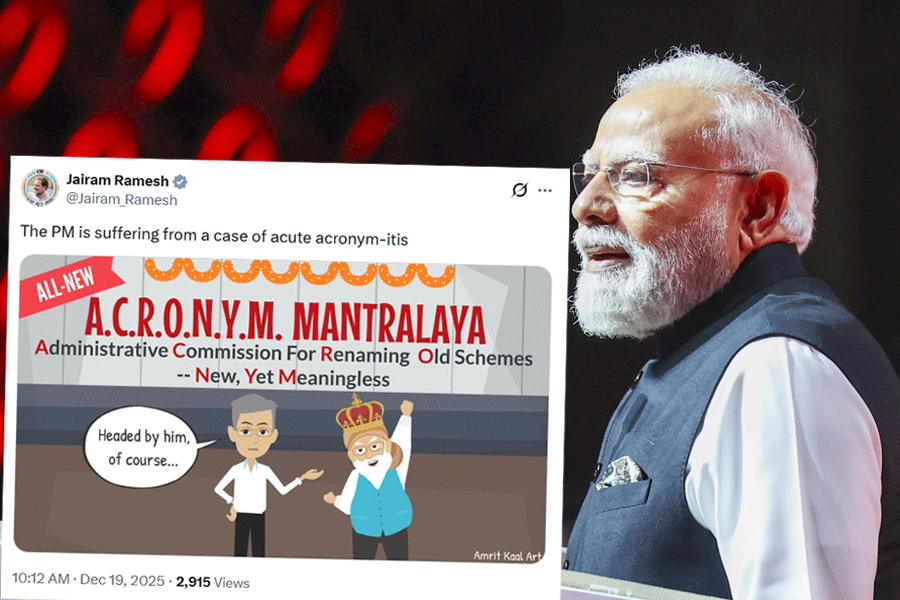Timing is important in cricket. For instance, a batsman’s ability to ‘time’ his shot ensures that the red — now white and pink — cherry rushes to the boundary. The Yorkshire County Cricket Club — it is facing the heat in a racism row — can, therefore, justifiably be accused of poor timing. It has been reported that after Azeem Rafiq, a player of Pakistani descent, complained of being a victim of vile banter at the club, it took the YCCC two long years to launch an enquiry that, subsequently, revealed a culture of institutional discrimination. The English cricket board responded by barring the county from hosting lucrative matches. The YCCC, too, has made reparations: there have been resignations, including that of the chairman; one of Mr Rafiq’s teammates, a former England captain, has been penalized. Some of the damage could have been avoided if the YCCC had got its timing right.
It would be unfair to point an accusing finger at the YCCC only. Racism remains embedded in English cricket. The Guardian cited academic research to state that privately educated, white British citizens are 34 times more likely to play professional cricket than those from other ethnic backgrounds. But discrimination, by no means, is an English contagion. In South Africa, which has claimed that it has purged the ghost of Apartheid, the participation of black players in the top tiers of the game remains an area of concern. How many Maoris have New Zealand blooded in its cricketing history? What are the career prospects of an aboriginal cricketer in Australia? India, which loves to project cricket as a great unifier in a nation otherwise plagued by fault lines, throws up complex, but illuminating, information. Data suggest that only a handful of players who have played Test cricket for India have been Muslims, even though the figure has improved marginally, from 5 per cent between 1950s-1990s to 12.5 per cent in the new millennium, with cricket’s inroads into smaller urban centres. There is a line of thought that argues, not without reason, that the increasing corporatization of the game has led to further marginalization of Dalits, while a national cricketer of adivasi origin is an even rarer novelty. Structural inequities, apart from ascriptive privileges, have also led to peculiar traits. For instance, Dalit and Muslim cricketers who have overcome impossible odds to wear the national shirt have mostly been bowlers or all-rounders: is that because batting gear remain inaccessible to disadvantaged social groups?
Exceptional individuals hailing from deprived segments — Palwankar Baloo is one example — have been feted for their achievements and contributions to Indian cricket. While there is a need to celebrate these sporadic feats of a greater assimilation on the pitch, they must not be fetishized or, worse, used as a ruse to deflect attention from the chasms that bind sport and society. What is necessary is an impartial, credible data-gathering exercise to test the claims of Indian cricket being truly accommodating. This may reveal the structural and cultural inequities that make the Indian pitch a real turner for some communities.











